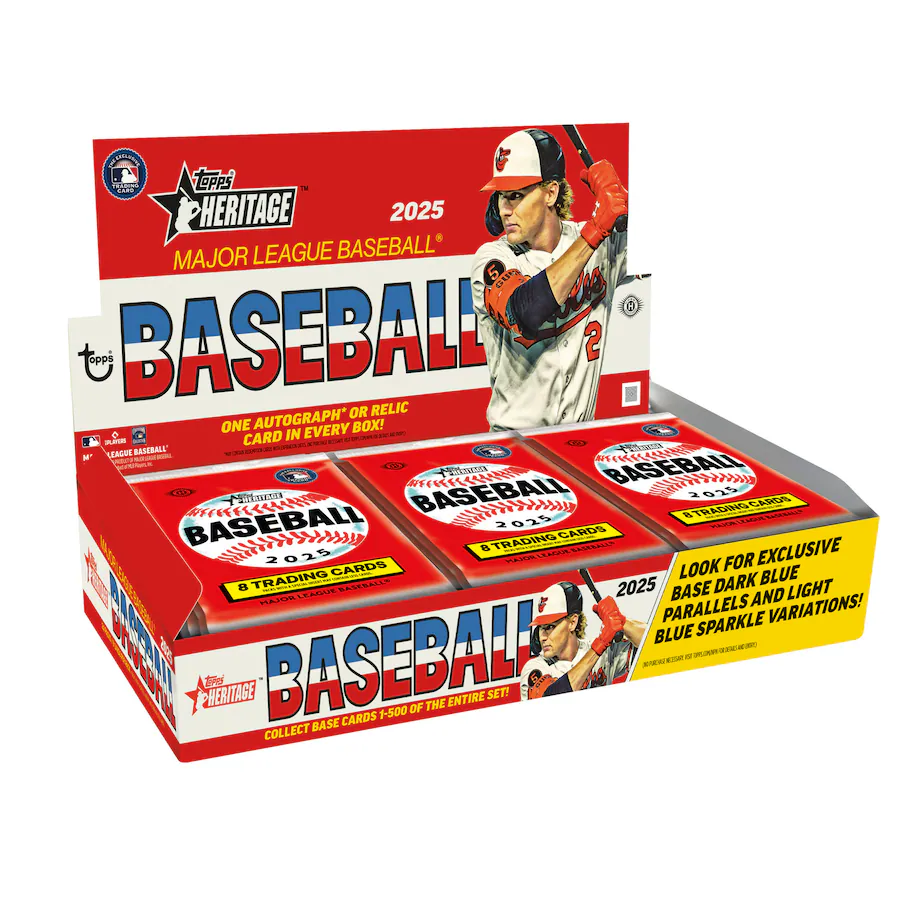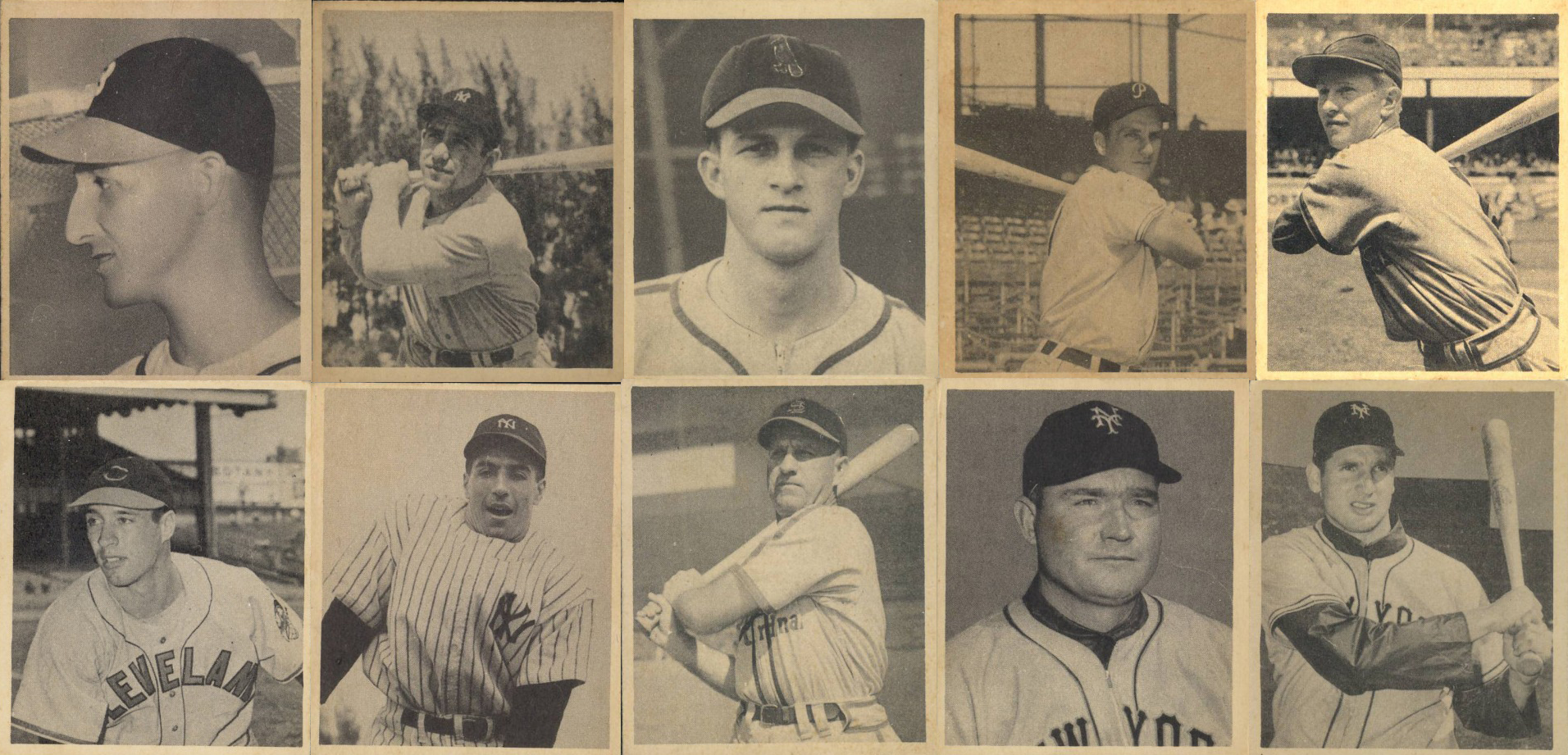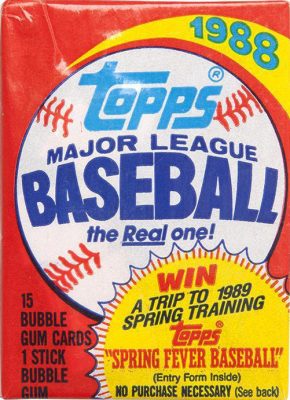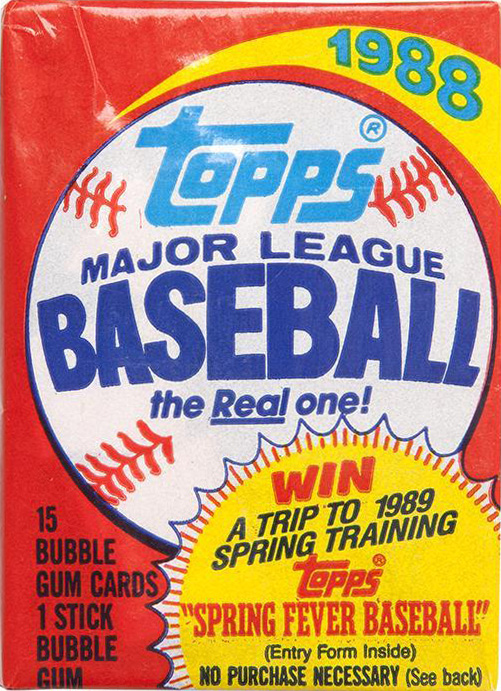Topps Heritage has been a fan favorite among sports card collectors since its debut in 2001. This long-standing product line celebrates vintage designs and player nostalgia, and the 2025 Topps Heritage Baseball release marks a major evolution in the series’ 25-year history.
Here’s a full breakdown of what I pulled from a 2025 Topps Heritage hobby case, and what fellow collectors can expect when ripping this product.
Case Configuration
- Boxes per case: 12
- Packs per box: 24
- Cards per pack: 8
That gives you a total of 2,304 cards per case — plenty of base cards, variations, inserts, and hits to dig into.
Base Set
The 500 card base set includes:
- 400 standard base cards
- 100 short prints (SPs), numbered 401–500
In my case, I pulled exactly 8 SPs per box, for a total of 96 SPs — all different, which left me just four short of a full SP set. I also pulled a ton of non-SP duplicates, as expected.
Base Parallels
Topps included several parallel sets, including some exclusive to hobby boxes:
- Dark Blue Parallels (hobby exclusives): 8 per box (96 total)
- Black Parallels: 3 total
- Color of the Year Parallels (numbered to 76): 2 total
- Bicentennial Parallels (numbered to 200): 4 total
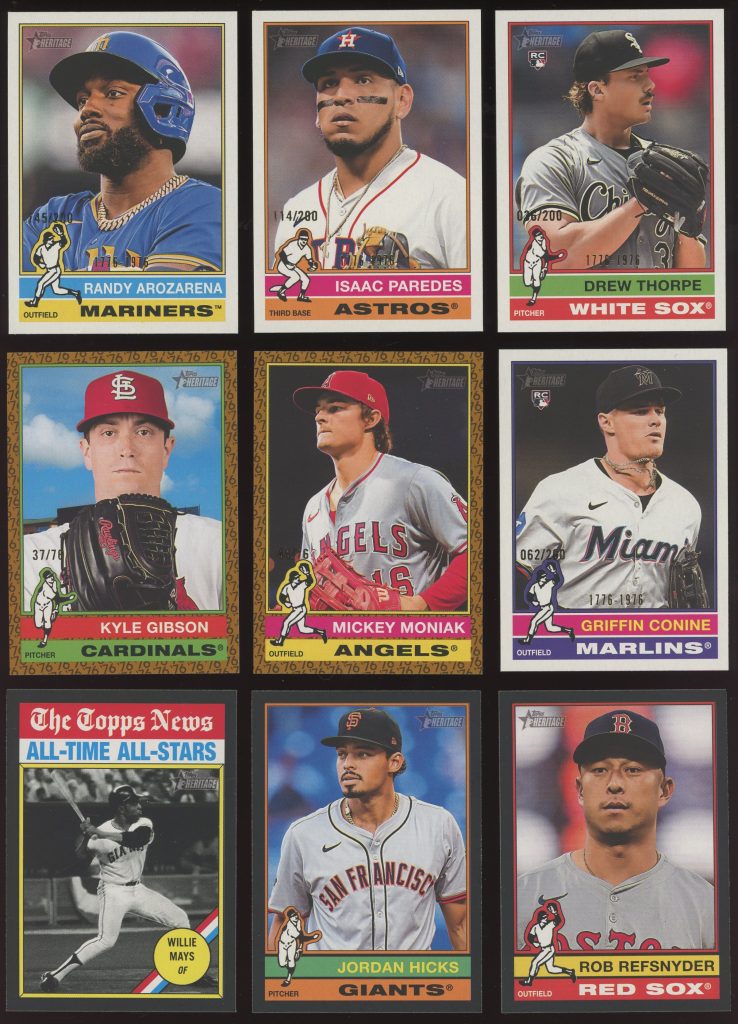
Variations
This year’s variations were a bit more diverse:
- 3 image variations
- 1 nickname variation – “Spaghetti” Spencer Arrighetti
- 2 cartoon variations, including card #3 featuring Aaron Judge
The image and nickname variations are clearly labeled on the back, just above the stat line. However, the cartoon variations aren’t marked — I had to compare them manually to spot the difference.
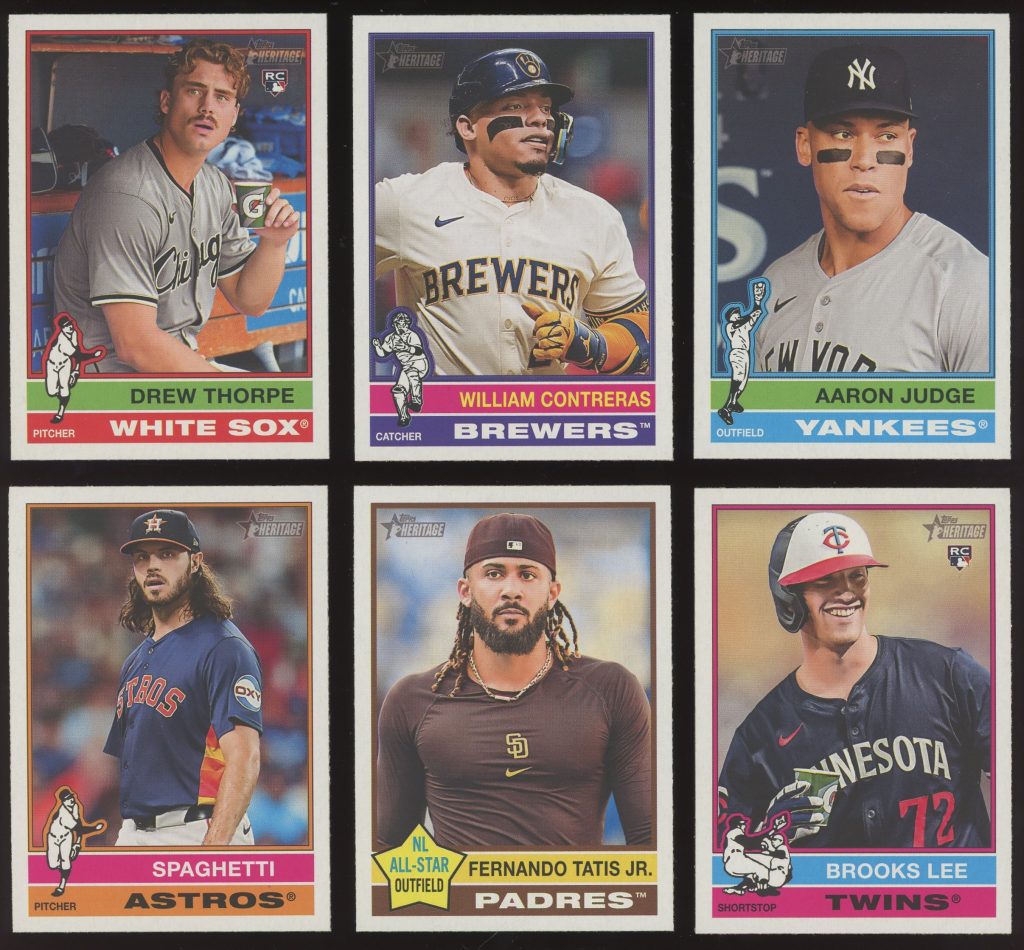
Chrome Parallels
One of the biggest changes in 2025 is that base Chrome parallels are no longer serial-numbered. Here’s what I pulled:
- 68 base chrome cards
- 24 unnumbered refractors
- 5 blue refractors (#/150)
- 3 green refractors (#/99)
- 2 black refractors (#/76)
- 2 gold refractors (#/50)
- 96 light blue sparkle refractors (8 per box – hobby exclusive)
Collectors may have mixed feelings about the unnumbered Chrome refractors, but the color variety remains strong.
Inserts
Topps Heritage completely revamped its insert lineup in 2025. Gone are long-standing favorites like New Age Performers and Then and Now. In their place are five fresh sets, each with Holographic parallels:
- 1976 Refined (25 cards) – 9 regular / 3 holographic
- 1976 Player Icons (25 cards) – 9 regular / 3 holographic
- Heritage 25th Anniversary (25 cards) – 9 regular / 3 holographic
- Through the Years (25 cards) – 9 regular / 3 holographic
- Notable Americans (100 cards) – 23 total
Plus, I pulled 5 buyback cards with the 1976 Topps 50th Anniversary foil stamp — a nostalgic callback to the set this design is based on.
Box Hits
Each hobby box is guaranteed one autograph or relic, and my case held to that promise:
- 3 autographs:
- Real One Auto – DJ Herz
- Real One Auto – Christian Scott
- Chrome Auto – J.T. Realmuto
- 9 relics:
- 8 Clubhouse Collection relics
- 1 Gold Clubhouse Collection Single Player Dual Relic – Cody Bellinger
The Real One Autos continue to be a collector favorite, with on-card signatures and classic Heritage styling.
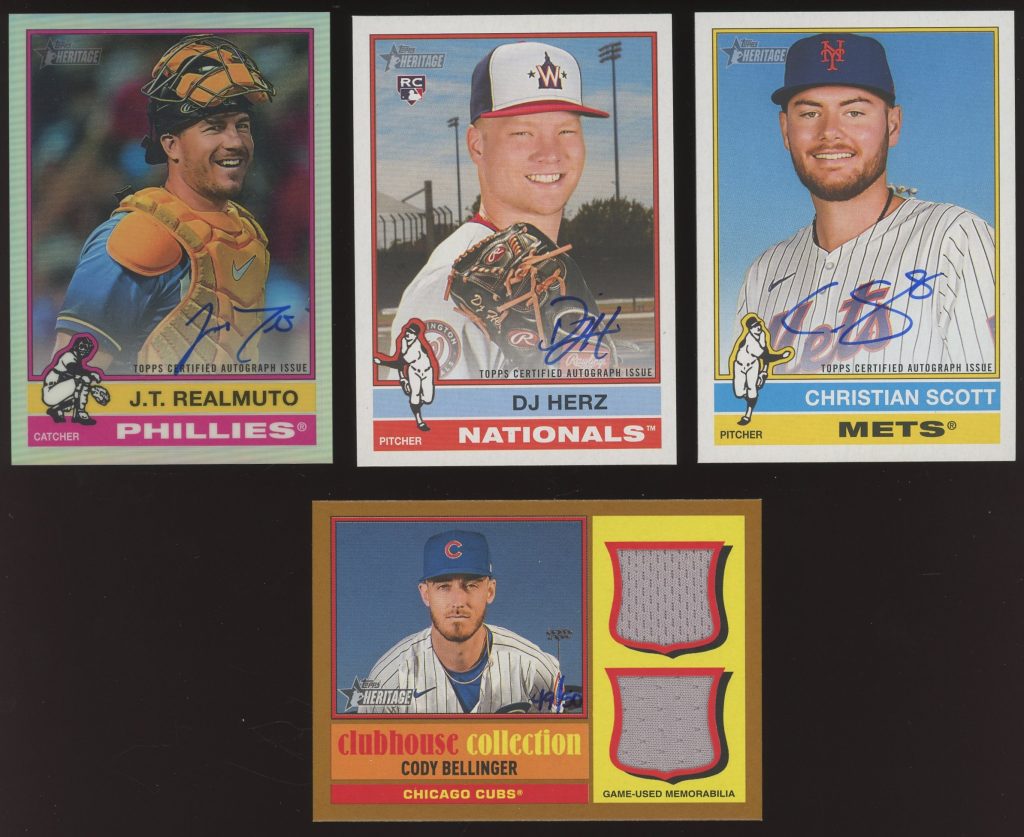
Final Thoughts: Is 2025 Topps Heritage Worth the Rip?
The 2025 Heritage release offers a lot to explore — even with the changes to inserts and Chrome serial numbering. The case configuration feels familiar, but the refreshed inserts give it new life for longtime fans, so whether you’re a set builder, a variation hunter, or just love the vintage feel, this year’s Heritage is definitely worth a look.
